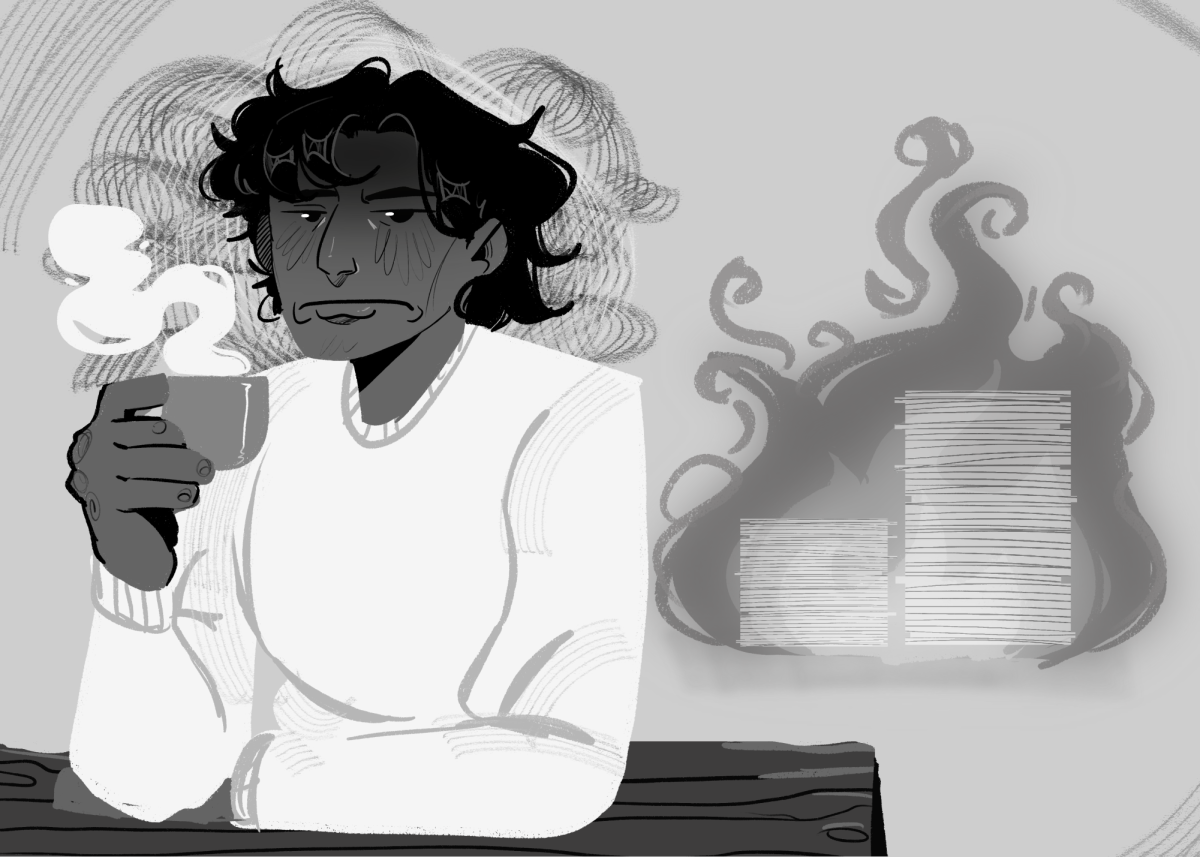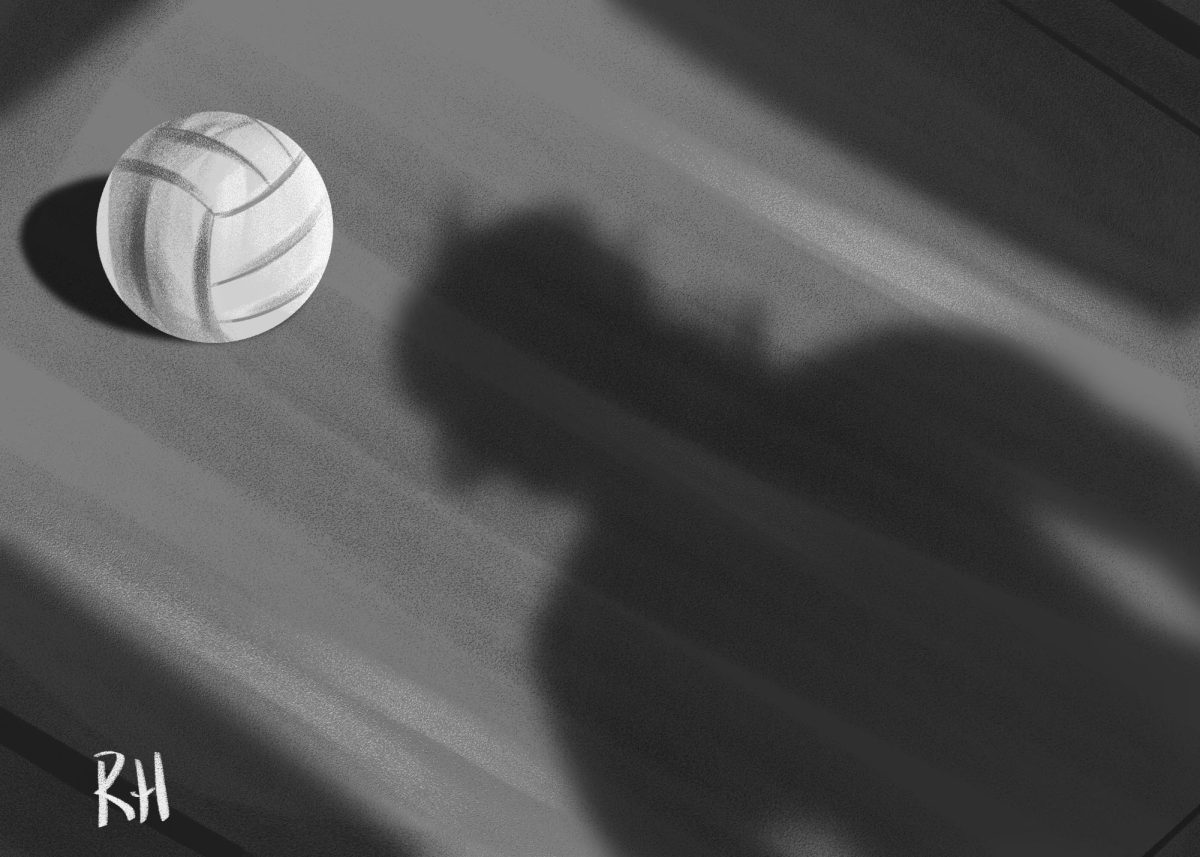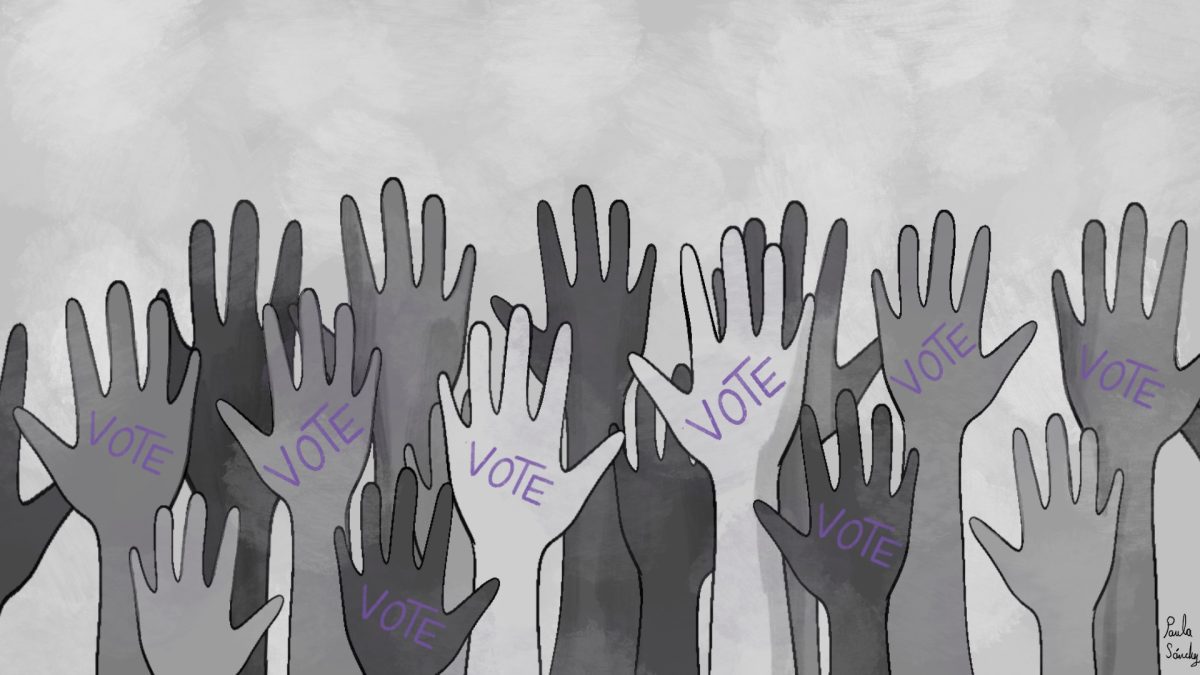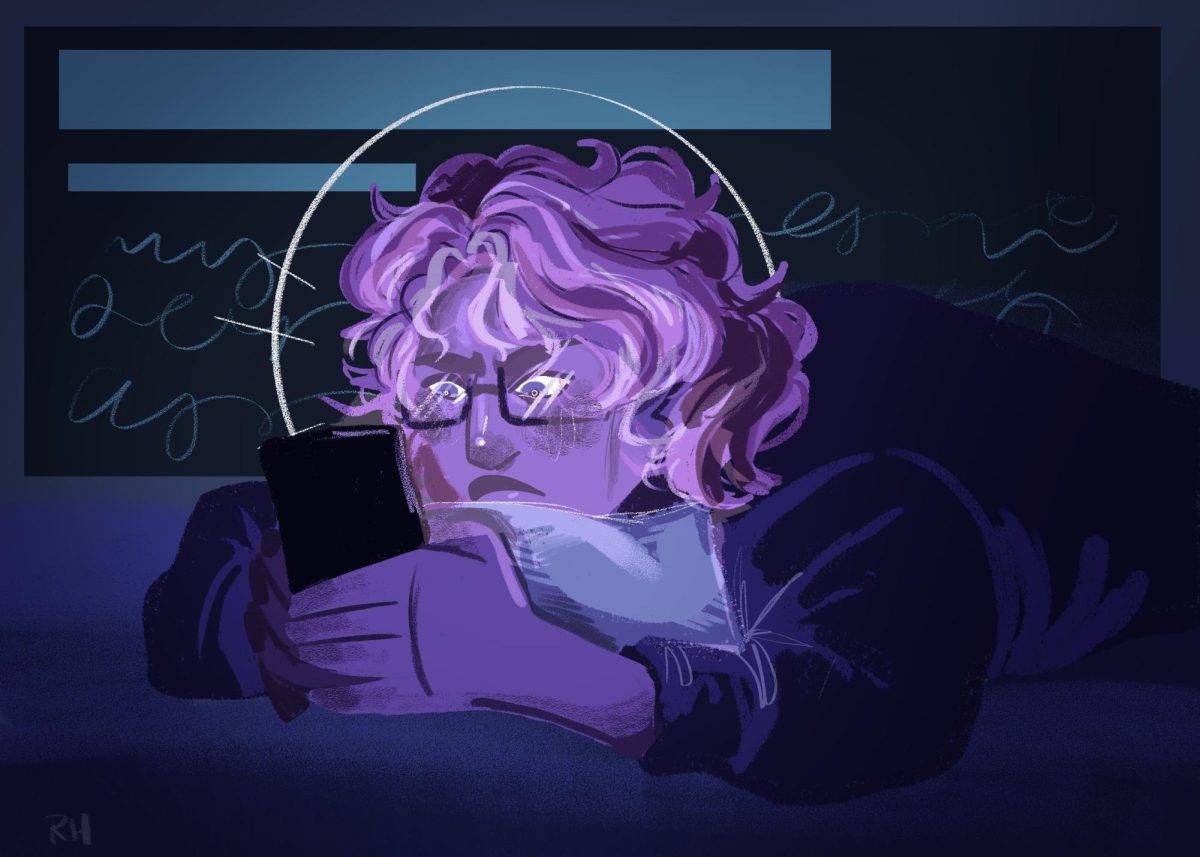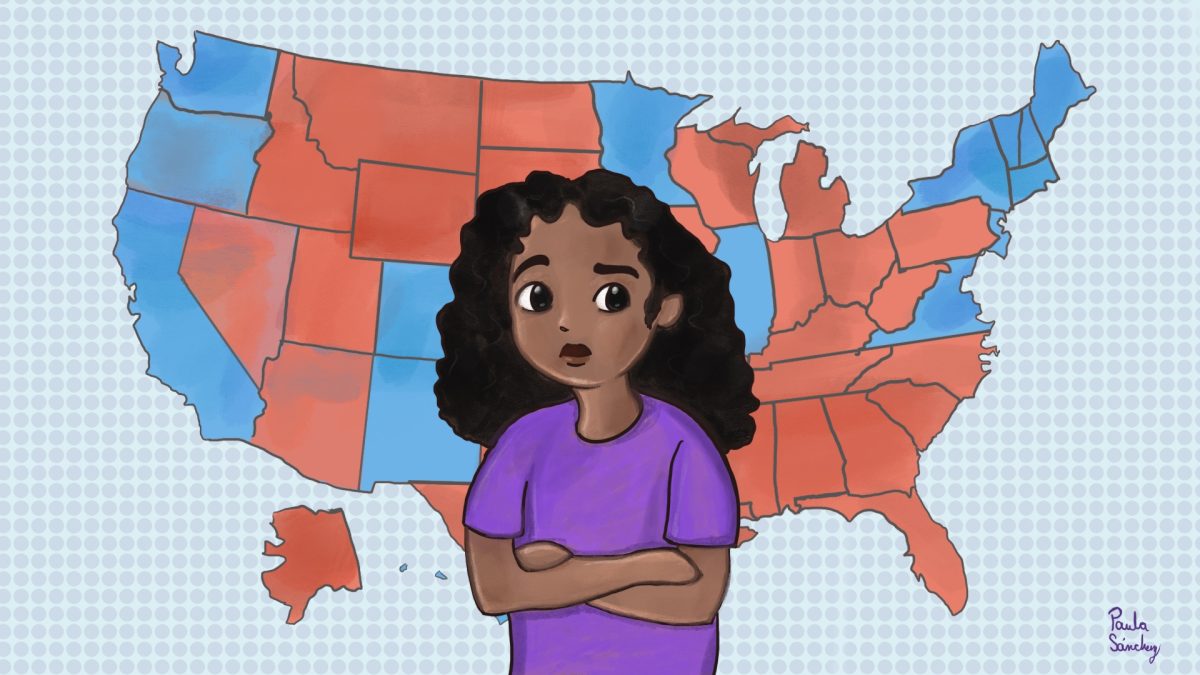The spring semester began this week with a fresh start for the Columbia community after the tumultuous seven-week strike in the fall. Students and part-time faculty who talked to the Chronicle shared their excitement and relief to be back in the classroom.
The new four-year contract with the Columbia Faculty Union did not deliver many, if any, of the promises that students wanted from the strike, including a tuition freeze. But that was never going to happen through the collective bargaining agreement anyway. The strike was about job security for the union as enrollment declines and the college faces tough financial decisions about the future, including course sizes and offerings.
At least now, the union will be more involved in those decisions. Under the contract, a class size committee will be created, with union representation. The college also must inform the union when they anticipate making course cuts or curriculum changes that will result in fewer teaching opportunities for part-time instructors.
That’s a good step.
Under the old contract, the college did not have to disclose cost-cutting measures due to the deficit, and this lack of transparency and communication is what led to the strike. Now, union representatives can participate on the president’s advisory board, which meets three times during the year.
But this new attempt at transparency once again leaves students out.
The Chronicle, for its part, will continue to report on these issues, just as we did last spring when the college announced the financial gap and the possibility of larger class sizes.
We take seriously our vital role in providing unbiased reporting that holds everyone accountable, including the college administration and union leaders.
Going forward, students also need an opportunity to share their unique experiences and perspectives about what is happening with class sizes and course cuts. The Student Government Association and other club leaders should also get a seat on the new committees.
At the very least, the college should meet more regularly with the student body, with additional town halls each semester. The student town hall held last fall was the last one on the schedule when President and CEO Kwang Wu-Kim and other administrators met with stakeholders at the college about the budget issues. The college should have started with students. This single event should not be the only opportunity for students to express their concerns. Student involvement is critical when decisions are being made.
During the strike, both sides claimed to be doing what was best for students. Students need to be in the room for that to happen to ensure that our perspectives and voices are being heard.



